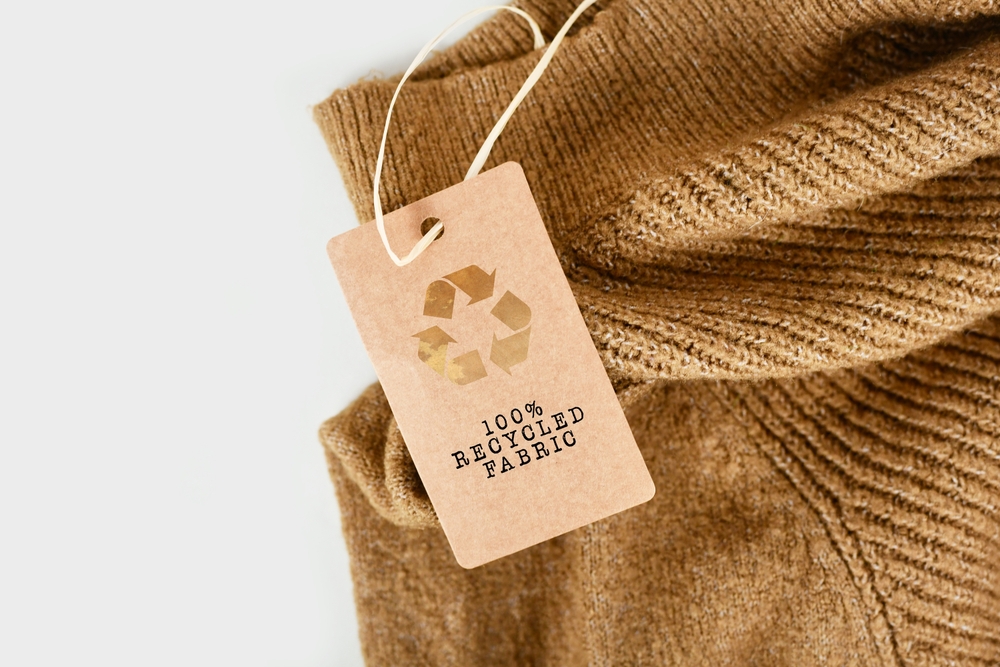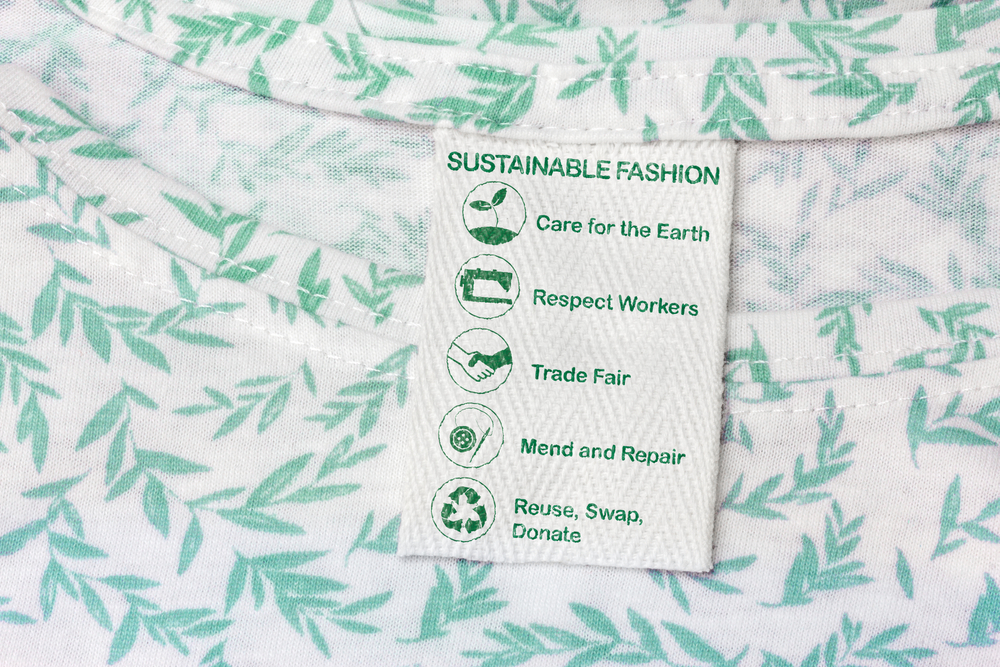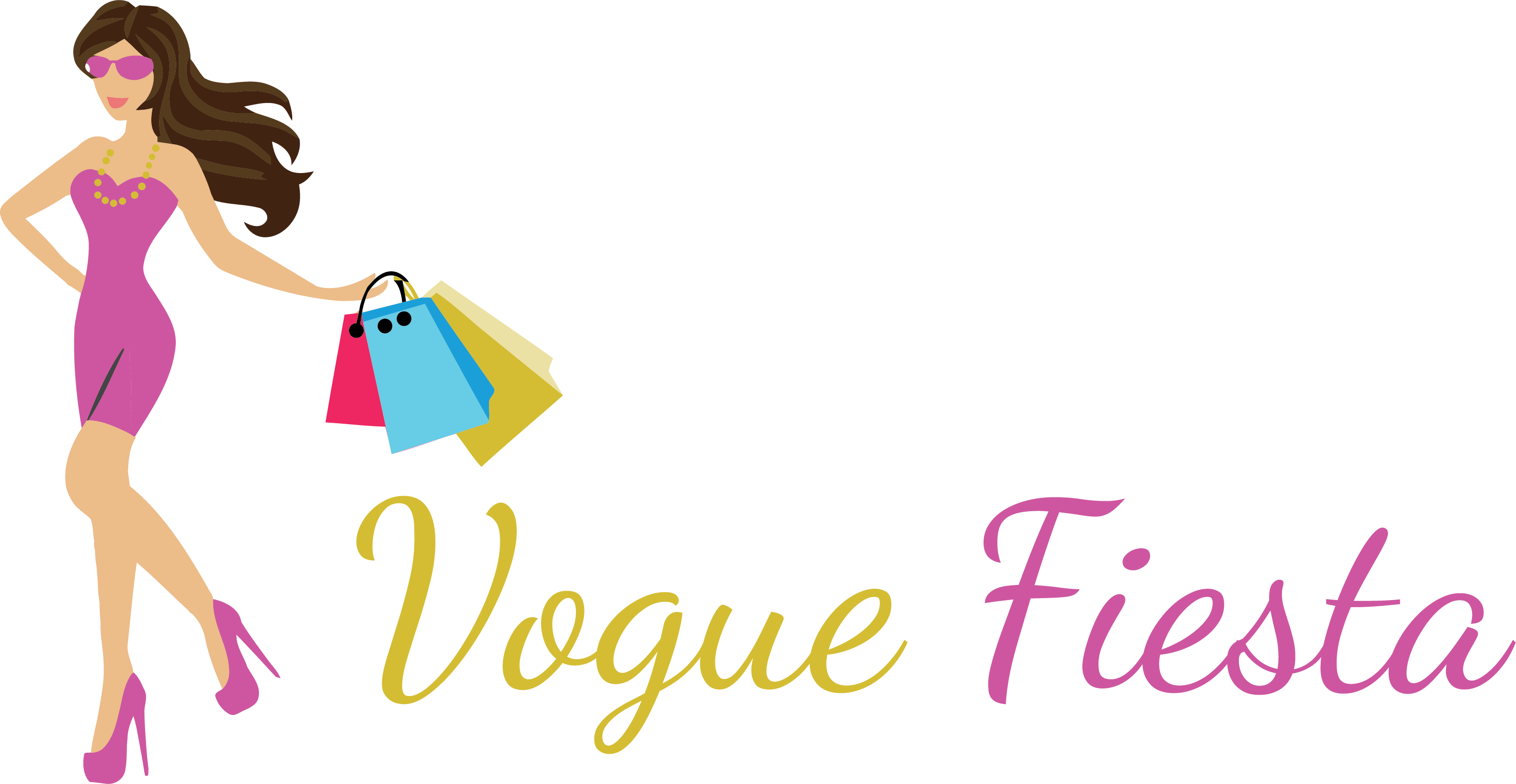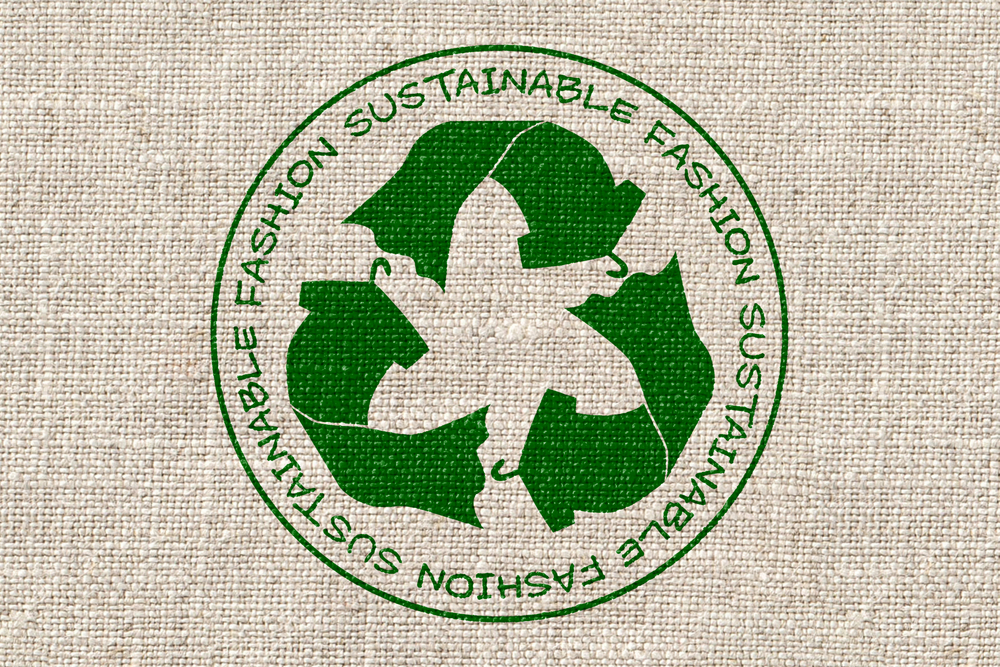The fashion business has a long history of being linked to fads, excessive consumption, and harm to the environment. However, as individuals have grown more aware of how their decisions affect the environment recently, there has been a noticeable shift. As a result, ideas like upcycling and thrifting have grown in acceptance and offer a sustainable method of engaging in the fashion industry. We can help the fashion industry become more environmentally and socially conscious by rethinking how we view it and embracing these practices.
The Rise of Upcycling
- The concept of upcycling, which involves turning used or discarded materials into new goods of higher quality or worth, has emerged as a potent tool in the sustainable fashion toolbox. This innovative method gives abandoned things a second chance, cutting down on waste and the need for new manufacturing. By providing one-of-a-kind, distinctive products, upcycling fosters individuality and challenges the homogeneity frequently associated with fast fashion.
- Upcycling has gained popularity among fashion aficionados and designers as a creative and innovative outlet. Upcycling promotes resourcefulness and creativity by reusing old items or turning textile scraps into new clothes or accessories. By changing the way we think about what is deemed “waste,” we open up a world of opportunities and support a circular economy that lessens the impact we have on the environment.
Education and Awareness
- By putting these practices into practice, we gain an understanding of the worth of clothing, the true cost of manufacture, and the significance of minimizing waste. This information can enable people to make wise decisions and persuade others to develop sustainable consumption patterns.

- School, community, and fashion programs can all incorporate educational projects on upcycling and thrifting. By educating future generations on the advantages of sustainable fashion, we help them develop a conscientious consumption mindset at a young age. This awareness has a contagious effect, motivating people to reevaluate their fashion preferences and adopt more environmentally friendly options.
The Thrift Shop Revolution
- Shopping for used clothing and accessories, or thrifting, has also seen a rebirth. Fashion-forward people looking for distinctive pieces while minimizing their environmental effects now frequent thrift shops, consignment stores, and online pre-loved fashion platforms.
- Clothes are kept out of landfills longer thanks to thrifting. By reusing clothing, we reduce the energy-intensive procedures needed to produce new clothing and conserve resources. Additionally, thrifting provides a cost-effective substitute for quick fashion that enables customers to dress elegantly without going over budget.
- The growing popularity of thrifting has helped change how people view used apparel in society. It has evolved into a fashion statement in itself, showcasing personal taste and embracing the authenticity and nostalgia of antique and retro clothing. Additionally, thrifting encourages community involvement because it brings individuals together via common interests and understanding of fashion.
Empowering Sustainable Consumption
- Individuals are empowered to actively participate in sustainable consumerism through upcycling and thrifting. We can strongly influence the fashion business by supporting upcycled fashion and buying used clothing. Transparency, moral production methods, and prudent resource management are what we expect. We can influence fashion brands to adopt sustainable practices and embrace circularity through the decisions we make.
- Additionally, upcycling and thrifting promote individuality and the development of a distinctive style. Redefining beauty standards and promoting a more inclusive and varied industry are both achieved by opting to stand out rather than blend in with mass-produced apparel. Sustainable fashion encourages individuality by stressing the reality that true style is determined by human inventiveness and deliberate choices rather than by fashion trends.

The fashion business is being redefined by upcycling and thrifting, which encourage sustainable purchase habits. By using these strategies, we proactively contribute to waste reduction, resource conservation, and confronting the fast fashion industry’s disposable mindset. Advocating for a more ecologically friendly and socially responsible fashion business while embracing recycled designs and used clothing encourages people to express their particular style. Together, we can design a world where fashion is both stunning and environmentally friendly.

